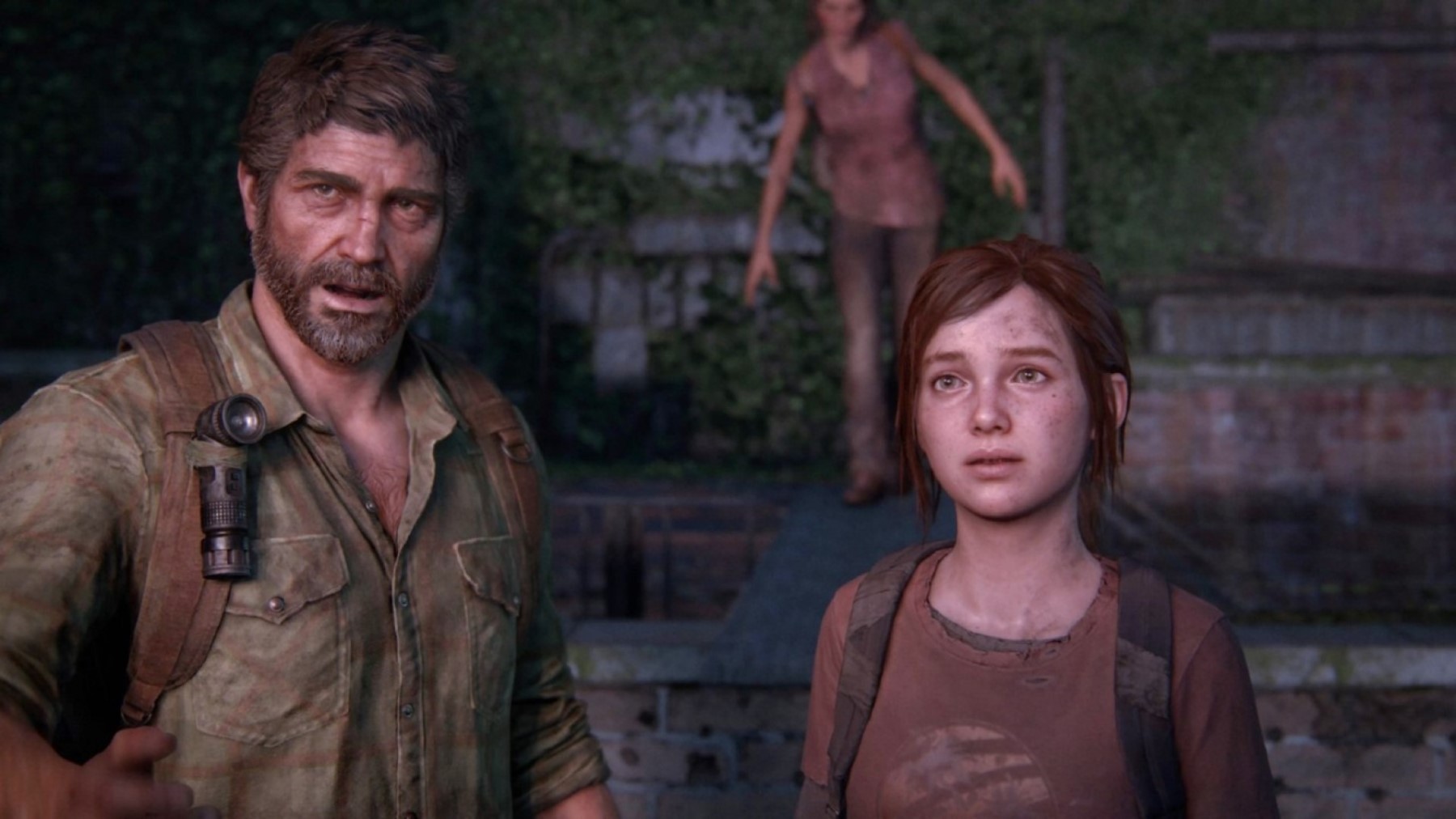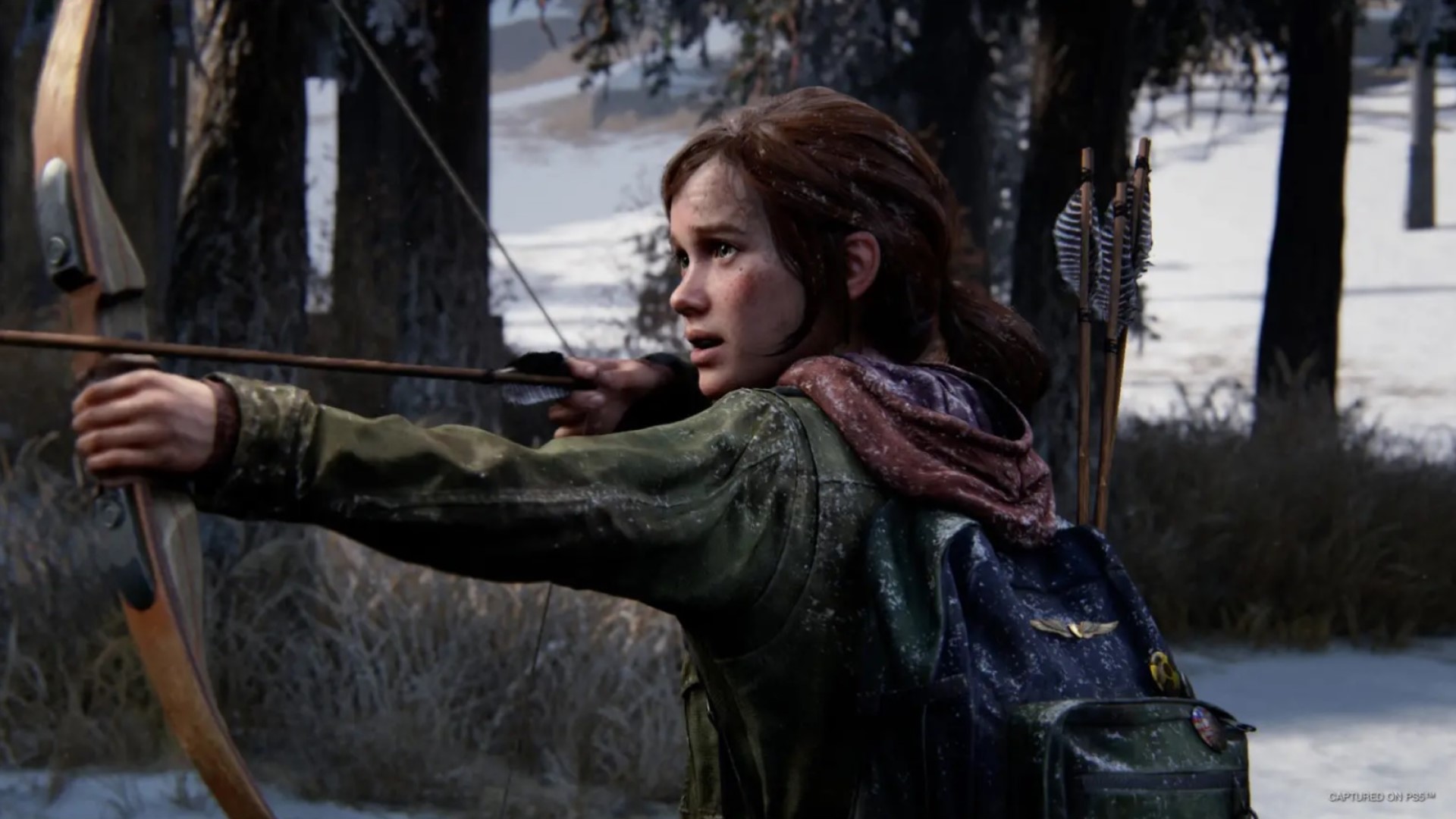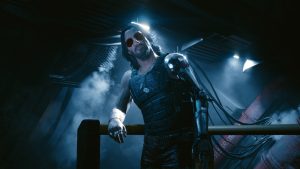
Three months into 2023, we now have our hands on the PC release for The Last of Us Part 1, which itself is a port of the PS5 released back in 2022. Having played through the original a number of times, how does the game hold up on a PC? Let’s find out.
First things first, as we noted in our review of the PS5 release of The Last of Us Part 1, the remake is an incredibly faithful one. It doesn’t really bring many changes to the original’s mix of stealth and adventure gameplay, instead focusing on bringing its visuals and presentation up to par modern standards. And while the PS5 release was a great new way to play the classic, the PC version is unfortunately the worst version of the game by far.
"The shader caching was an arduous process that took my PC well over an hour to complete."
To lay the groundwork, I played the game on a Windows 11 PC running on an AMD Ryzen 5 3500, 32GB of RAM, an Nvidia RTX 3060 Ti, and the game was installed on a SATA SSD. These specs are well within range of the recommended specs found on The Last of Us Part 1’s Steam page. With that in mind, I don’t think there’s much of an excuse for The Last of Us Part 1 to run as badly as it does.
When you first boot up the game, you will be greeted with a loading screen that almost goes on forever, and a laggy main menu since the title is caching its shaders in the background and getting you ready for a potential smoother experience. Unfortunately, the shader caching was an arduous process that took my PC well over an hour to complete.
During gameplay, it manages to look quite well with DLSS or FSR running, but various effects in the environment tend to be affect frame rate. Even the incredibly-linear opening section of the game has the frame rate dip down quite a bit, especially once things start catching fire in the game’s environments.

"Both of my desktop and Steam Deck play sessions were interrupted quite often with crashes."
While running the game on Windows 11 was quite painful, the Steam Deck suffered even more stuttering issues and low frame rates, which isn’t too surprising considering the limited hardware on the handheld system when compared to my desktop. Both of my desktop and Steam Deck play sessions were interrupted quite often with crashes. Tinkering with the game’s various graphical options – of which there are quite a few – didn’t really help that much, at most pushing my frame rate up from an average of 55 while on high settings to 65 on medium.
With all of the performance talk out of the way, let’s take some time to talk about my experience of actually playing The Last of Us Part 1. The sandbox-styled encounters in the game can be quite fun, especially against human enemies but the general experience is hampered by the game’s incredibly basic stealth mechanics that only really gives you one real chance to be caught. The moment you’re seen by a single fellow, just about every other enemy is going to come down on you with all the firepower they can muster.

"If you’re looking for some incredibly strong character writing that makes good use of a unique zombie apocalypse as its backdrop to tell a heartfelt and personal story, The Last of Us Part 1 absolutely delivers on that front,"
On the other hand, I’d argue that, in true Naughty Dog fashion, the story in The Last of Us Part 1 is going to be the core impetus driving you along to finishing the game. However, The Last of Us Part 1 is defined more by its character arcs and interactions than it is by an overarching story. The plot is simple; protagonist Joel has been tasked with transporting Ellie – a girl seemingly immune to the cordyceps that have caused the apocalypse – across the country. Along the way, many enemies in various states of being infected are fought, and ultimately, we get to see the characters of Joel and Ellie grow together.
Like I said, the plot itself is more of a vehicle to drive you to various points of character interactions and set pieces that ultimately end up with some sort of character growth for the duo, and along the way you’ll get plenty of environmental storytelling as you explore dilapidated buildings, destroyed neighborhoods, and urban zones reclaimed by nature. If you’re looking for some incredibly strong character writing that makes good use of a unique zombie apocalypse as its backdrop to tell a heartfelt and personal story, The Last of Us Part 1 absolutely delivers on that front.
If, on the other hand, you’re looking for a strong third-person shooter that rewards your abilities to improvise in a fight as you juggle limited supplies and ammunition, The Last of Us Part 1 can actually fall quite flat. Resources are never really as scarce as they should be to heighten tension unless you’re playing on the higher difficulty modes, and improvisation with your environment doesn’t often go further than giving you the ability to throw bricks or glass bottles around.

"The biggest problems facing The Last of Us Part 1 all revolve around it being a PC port so badly optimized, it makes the other games that came out this year seem like better investments for your time."
When you get right down to it, there’s a reason for the mass critical acclaim seen by The Last of Us Part 1. Despite its insistence on not really updating the gameplay over the original in any meaningful way, The Last of Us Part 1 continues to be a fun game thanks in large part to its characters. However, more could have been taken from modern gameplay systems to make the experience in the remake better, but those aren’t really the game’s biggest problems right now.
The biggest problems facing The Last of Us Part 1 all revolve around it being a PC port so badly optimized, it makes the other games that came out this year seem like better investments for your time. The Dead Space Remake has managed to squeeze out a lot more with its visual overhaul, all while having a PC release that runs relatively well.
The Last of Us is a critically acclaimed title across three generations of hardware and it’s disappointing to see the current state of the PC version. Here’s hoping that the developers get their act together and fix the game in the future.
This game was reviewed on the PC.
The character writing is phenomenal; Some of the locations look amazing on PC.
Performance issues make it unplayable; the shader caching process takes a long time to complete.

















